IBU Campus Skopje
Makedonsko-Kosovska Brigada bb 1000,
Skopje/North Macedonia
+389 2 55 15 000
+389 2 26 00 004
+389 2 55 14 888 (for students)
info@ibu.edu.mk

Istanbul Office
Mevlana Caddesi, Tercuman Sitesi, A7 Blok
Daire 18, 34015 Cevizlibag-Zeytinburnu/Istanbul
+90 212 567 80 53 (169 dahili)
+90 553 766 01 32
+90 553 766 01 32
istanbul@ibu.edu.mk
Makedonsko-Kosovska Brigada bb 1000,
Skopje/North Macedonia
+389 2 55 15 000 +389 2 26 00 004 +389 2 55 14 888 (for students) info@ibu.edu.mk
Mevlana Caddesi, Tercuman Sitesi, A7 Blok Daire 18, 34015 Cevizlibag-Zeytinburnu/Istanbul
+90 212 567 80 53 (169 dahili) +90 553 766 01 32 +90 553 766 01 32 istanbul@ibu.edu.mk
International Balkan University is foundation - owned, not-for-pro?t higher education institution.

